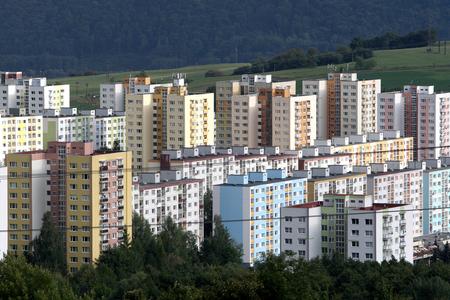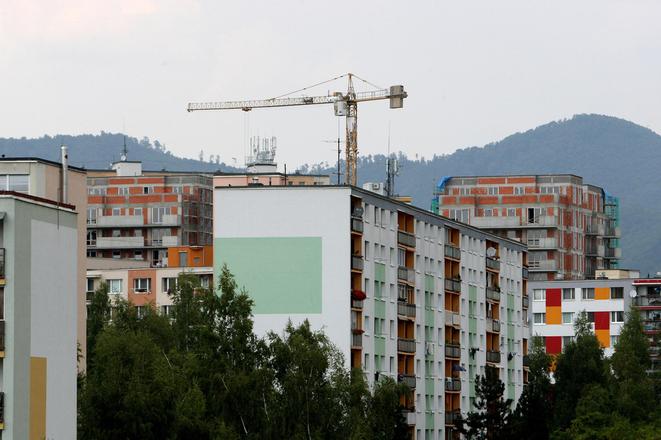The National Bank of Slovakia (NBS), the country's central bank, continues to regulate the loan market in Slovakia in order to stop the rising indebtedness of Slovaks. While the first measures were introduced last year, the new ones were put in place on July 1.
This includes another decrease in the volume of mortgages that equal 80-90 percent of the real value of the property. While the limit was set to 25 percent in January 1, 2019, after July 1 it dropped by a further 5 percent.

“We are coming to the target point when banks will be allowed to provide, in their overall mortgage business, only 20 percent of loans within the 80-90 percent loan-to-value range,” analyst Michal Kamenický of the Finvia Group company said, as quoted by the TASR newswire.



 Illustrative stock photo (source: SME)
Illustrative stock photo (source: SME)